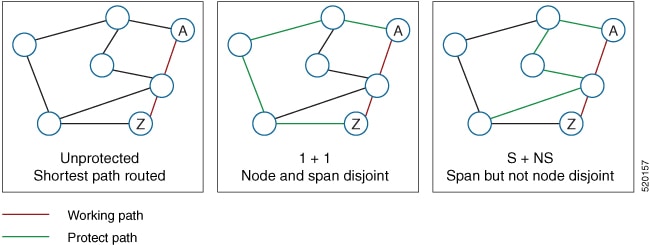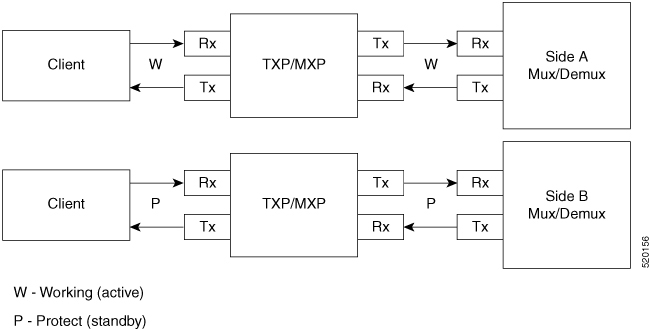Cisco Optical Network Planner Overview
Cisco Optical Network Planner (Cisco ONP) is a tool to model and test Optical Transport Networks (OTN) and Dense Wavelength Division Multiplexing (DWDM) optical networks by using a graphical environment. The primary purpose of Cisco ONP is to design and validate networks of NCS 1004, NCS 1010, NCS 2000, and NCS 4000 series. Using the Cisco ONP tool, you create multiple instances of a network, modify different parameters at each instance, and compare. Cisco ONP generates a rack view of all the sites that are deployed in the network, shows the differences between the instances, and provides a complete Bill of Materials (BoM) for the network.
Cisco ONP models the network, generates the BoM, and provides detailed information about the network, such as Cabling report, Optical report, and Traffic matrix.
This chapter describes the features of Cisco ONP, protection scenarios, topology and service support, CSDL (Cisco Secure Development Lifecycle) compliance, and the setting up of the graphical display.
For more information about Cisco ONP, see the data sheet.


 Feedback
Feedback